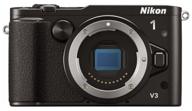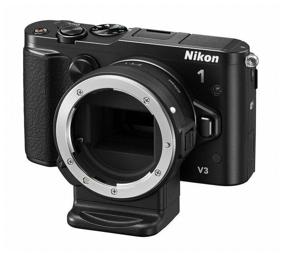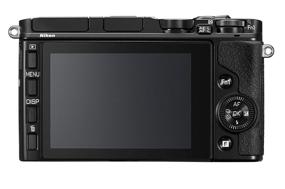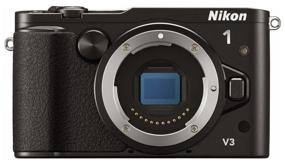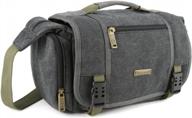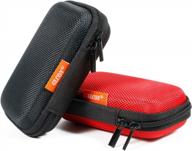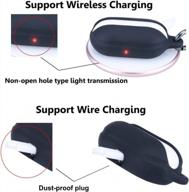- ● Finally decent ergonomics. ● Very powerful percent. Expeed 4A (resulting in image quality that is not inferior to cameras with an APS-C matrix [except for a little more noise by about 1 stop]); ● Lack of an optical AA filter on the matrix (giving a noticeable increase in image clarity, as if you were looking at a 100% increase in resize 18-Mpix from 22-Mpix, or applied sharpening. ); ● Rate of fire 10-60 photos per second with a buffer of 40 shots in RAW + JPEG; ● Maximum shutter speed - 1/16,000 sec. ; ● Full HD video recording 1920x1080p at 60 fps and quality up to 36 Mbps; ● Recording accelerated video at a frequency of 120 fps in HD-resolution and high-speed from 400 to 1200 fps with a resolution increased by 1.56, compared with younger models; ● Improved audio quality up to 1.5 Mbps. (instead of 128 kbps in younger models) + connector for an external microphone; ● Handheld multi-frame noise reduction without "stirring"; ● HDR with hands without "stirring"; ● Dynamic range expander; ● 360-degree hand-held panorama; ● Choice between mechanical and electronic shutter; ● MicroSDHC card inserted from the side (allows you to remove it without removing the camera from the tripod + compatibility with all mobile devices, which makes it possible to freely transfer high-quality photos and videos to tablets and iPhones even to random passers-by, while via Wi-Fi this can only be done through a special program, which, of course, no one has); ● Greater depth of field at the same aperture while maintaining lens aperture compared to a Full Frame sensor. (That is, it's like shooting at F / 8.0, but with aperture as at F / 2.8 - that is, a gain in increasing the depth of field by as much as 16 times! ). ● The diffraction limit is already reached at f/4.5, making it possible to capture landscape or macro with maximum sharpness handheld without a tripod. On Full Frame cameras, to get the same depth of field, you would have to clamp the aperture to F / 16 and use a tripod.
- ● Noise in the shadows even at base ISO 160 at 100% zoom without noise reduction turned on (yes, there are no fairy tales, alas! If you place 18.4 Mpix on a 13.2x8.8mm matrix, noise will be inevitable. ), but given the double headroom megapixels, this is not very annoying (remember 60-inch 4K ULTRA-HD TVs with exorbitant clarity. But they have only 8 Mpix, not to mention the usual Blu-ray, which has only 2 Mpix (! ). Especially since Noise grows non-linearly with increasing ISO value, so do 8-12 Mp resizes of your photos and you won't see noise at all. I would call ISO 160-800 (without noise reduction) and ISO 160-3200 (with noise reduction) as a range, but personally I prefer to stick to values of 160-400 units and optics with aperture of F / 1.2. ● From native optics, only 2 have really outstanding characteristics (with no less outstanding prices, of course). ● A bunch of stupid and expensive accessories for the camera. Only one additional handle (who could have thought of such a thing? ) with three buttons is worth something - 10,000! ))) By the way, the viewfinder costs the same amount. The only thing that is even more or less adequate is the Speedlight SB-N7 flash for 4500. and an IR remote control for 300. That's all.


